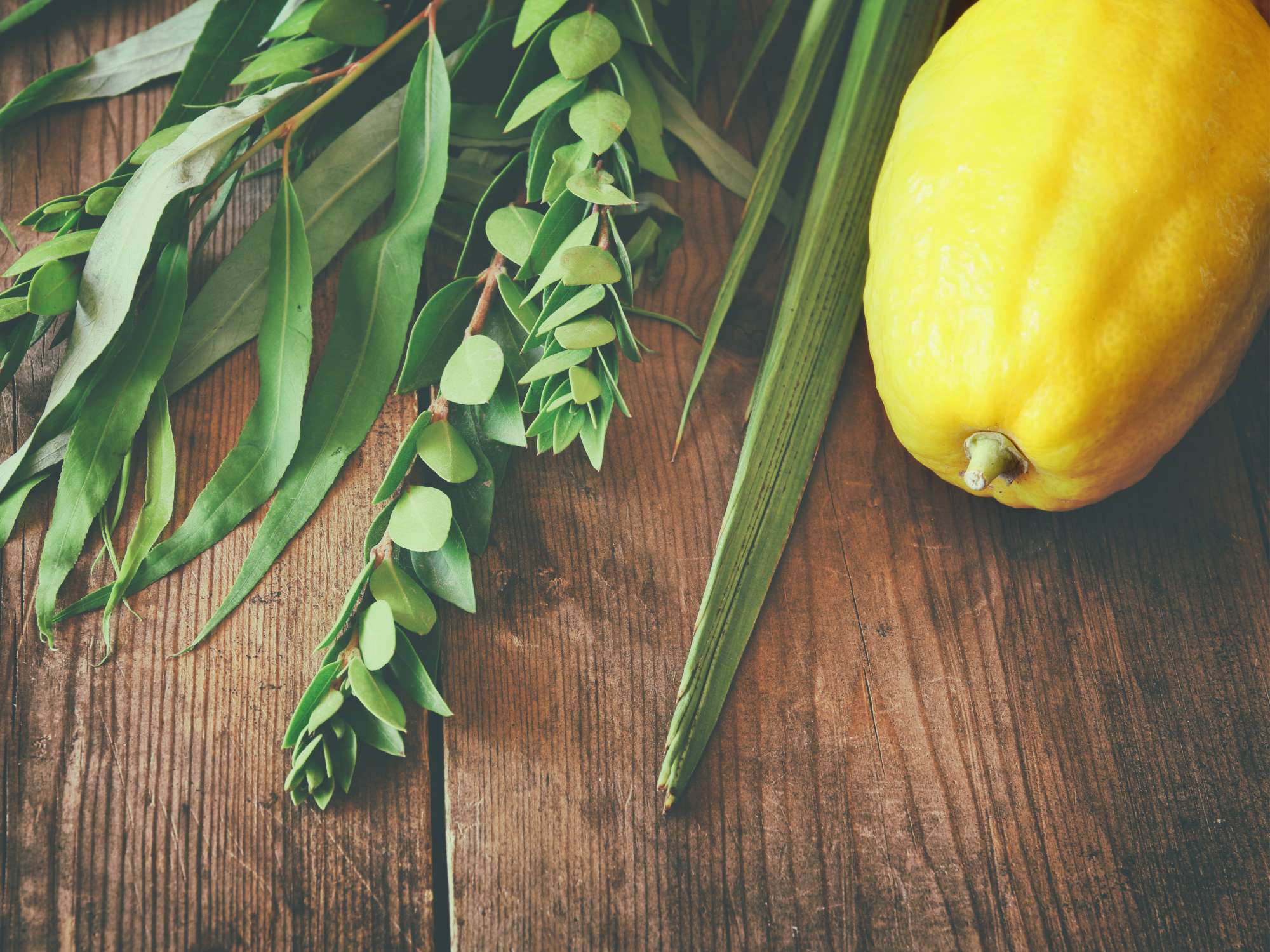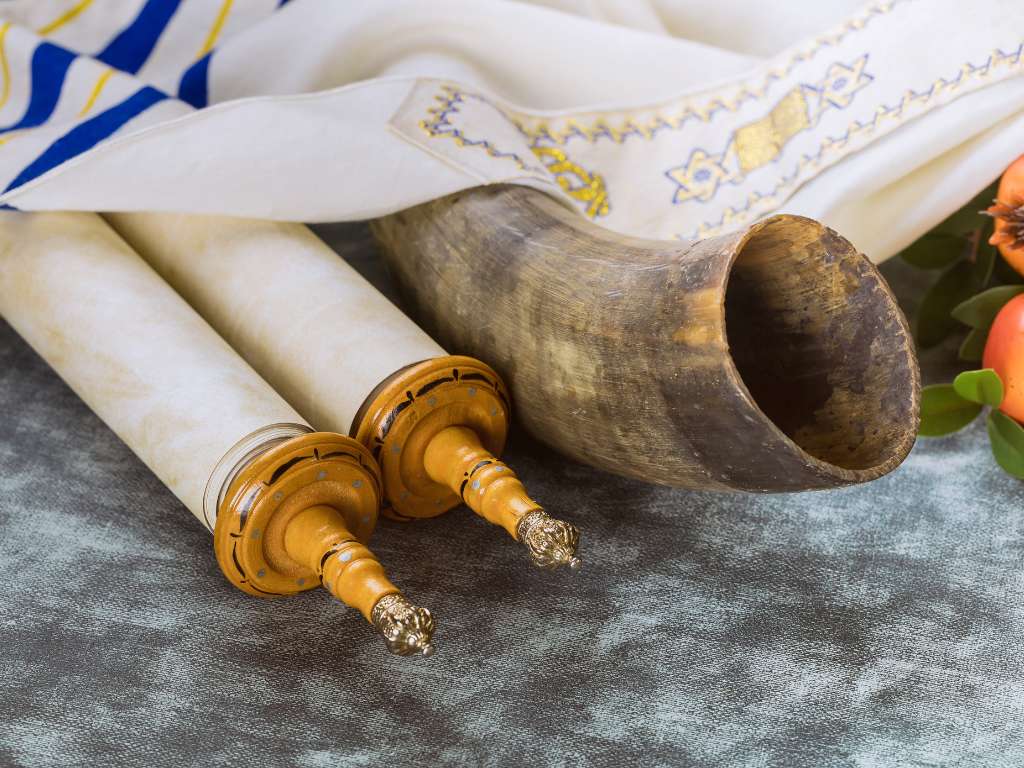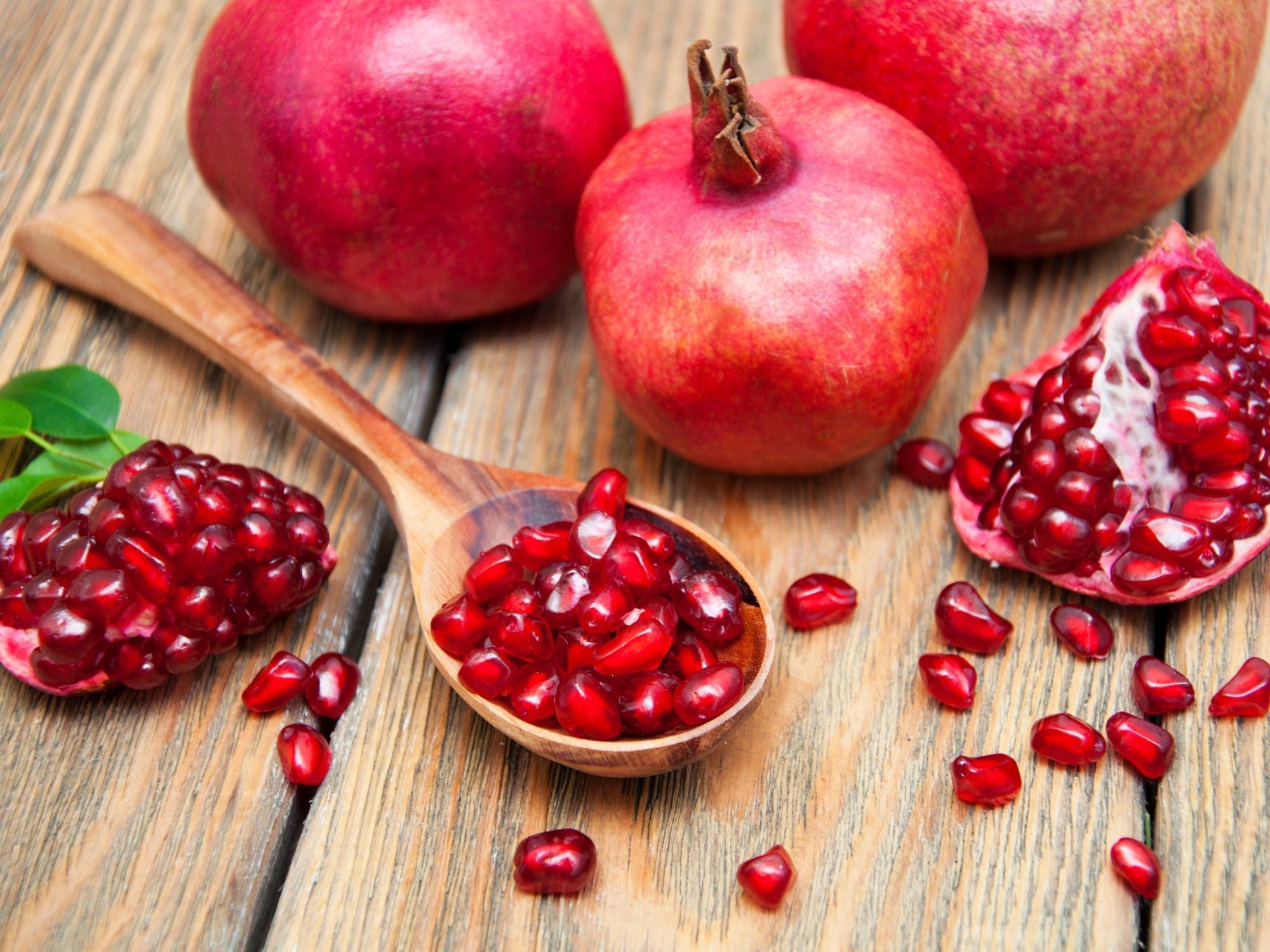
Sukkot: Celebrating Unity, Joy, and Gratitude in Jewish Tradition
As the sun sets on the solemnity of Yom Kippur, a new season begins, ushering in a time of celebration, unity, and gratitude in the Jewish calendar. Sukkot, often referred to as the Festival of Booths or Tabernacles, is a joyous holiday that holds a special place in Jewish tradition. In this blog post, we'll embark on a journey to explore the significance of Sukkot, its customs, and the deep meanings it carries for Jewish communities worldwide.
The Timing and Essence of Sukkot
Sukkot, occurring on the 15th day of the month of Tishrei, follows closely after the High Holy Days of Rosh Hashanah and Yom Kippur. It's a time when Jewish families transition from introspection and repentance to a season of gratitude and celebration.
The Sukkah: A Symbolic Shelter
At the heart of Sukkot is the sukkah, a temporary outdoor shelter that serves as the central symbol of the holiday. Jewish families build these sukkahs, often in their backyards, using branches, leaves, and other natural materials. The sukkah represents the temporary dwellings the Israelites lived in during their desert wanderings.
The Lulav and Etrog: The Four Species
One of the most iconic customs of Sukkot involves the "Four Species," consisting of a lulav (palm branch), an etrog (citron fruit), myrtle branches, and willow branches. Together, these represent various aspects of the Jewish community and emphasize unity—a central theme of Sukkot.
The Joyous Meals in the Sukkah
Sukkot is marked by festive meals that take place inside the sukkah. Families and friends gather to share delicious food, recite blessings, and sing songs. The open-roofed sukkah allows people to dine under the sky, connecting them to nature and the historical journey of the Jewish people.
Water Libation Ceremony: Praying for Rain
In ancient times, Sukkot also included a water libation ceremony at the Holy Temple in Jerusalem. This ritual involved pouring water onto the altar as a symbolic prayer for rain, emphasizing reliance on God for sustenance. Although this ceremony is no longer practiced, its historical significance still resonates.
Hoshanah Rabbah: The Great Supplication
Sukkot culminates with Hoshanah Rabbah, a day of special prayers and customs. One notable tradition involves encircling the synagogue seven times with willow branches while reciting prayers. It's a symbolic act of supplication, seeking divine protection and forgiveness.
Sukkot—A Time for Joy and Unity
Sukkot is a time for Jewish communities to come together, embrace the joy of the holiday, and express gratitude for the blessings of the past year. It's a reminder of the importance of unity, the significance of temporary shelter, and the deep connection between faith, nature, and history. As Sukkot approaches, may it bring joy, unity, and a profound sense of gratitude to all who celebrate this special holiday.
The Timing and Essence of Sukkot
Sukkot, occurring on the 15th day of the month of Tishrei, follows closely after the High Holy Days of Rosh Hashanah and Yom Kippur. It's a time when Jewish families transition from introspection and repentance to a season of gratitude and celebration.
The Sukkah: A Symbolic Shelter
At the heart of Sukkot is the sukkah, a temporary outdoor shelter that serves as the central symbol of the holiday. Jewish families build these sukkahs, often in their backyards, using branches, leaves, and other natural materials. The sukkah represents the temporary dwellings the Israelites lived in during their desert wanderings.
The Lulav and Etrog: The Four Species
One of the most iconic customs of Sukkot involves the "Four Species," consisting of a lulav (palm branch), an etrog (citron fruit), myrtle branches, and willow branches. Together, these represent various aspects of the Jewish community and emphasize unity—a central theme of Sukkot.
The Joyous Meals in the Sukkah
Sukkot is marked by festive meals that take place inside the sukkah. Families and friends gather to share delicious food, recite blessings, and sing songs. The open-roofed sukkah allows people to dine under the sky, connecting them to nature and the historical journey of the Jewish people.
Water Libation Ceremony: Praying for Rain
In ancient times, Sukkot also included a water libation ceremony at the Holy Temple in Jerusalem. This ritual involved pouring water onto the altar as a symbolic prayer for rain, emphasizing reliance on God for sustenance. Although this ceremony is no longer practiced, its historical significance still resonates.
Hoshanah Rabbah: The Great Supplication
Sukkot culminates with Hoshanah Rabbah, a day of special prayers and customs. One notable tradition involves encircling the synagogue seven times with willow branches while reciting prayers. It's a symbolic act of supplication, seeking divine protection and forgiveness.
Sukkot—A Time for Joy and Unity
Sukkot is a time for Jewish communities to come together, embrace the joy of the holiday, and express gratitude for the blessings of the past year. It's a reminder of the importance of unity, the significance of temporary shelter, and the deep connection between faith, nature, and history. As Sukkot approaches, may it bring joy, unity, and a profound sense of gratitude to all who celebrate this special holiday.


